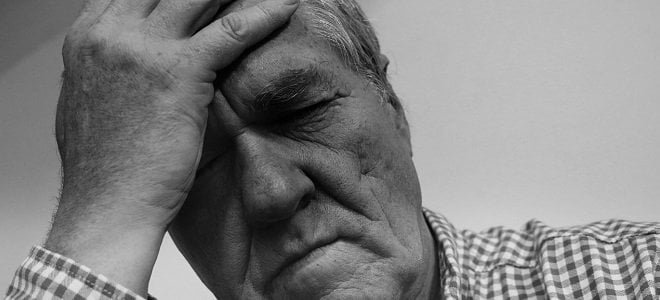
Finding Out What Causes Headaches
That throbbing, “kill me now” pain… Headaches can totally ruin your day, but what causes headaches? Get to the root of this terrible pain below!
What causes headaches?
Not every headache you get feels the same and we often get headaches for different reasons.
Let’s explore what’s behind some of the most common headaches so you can get to the root of the problem quickly and apply an effective remedy for the right headache.
Tension Headaches
 Tension headaches are also called stress headaches.
Tension headaches are also called stress headaches.
They’re the most commonly experienced headaches for adults and teenagers and are often set off by stress. Stress headache sufferers experience mild to moderate pain. Although the exact causes of tension headaches are unknown, factors that may contribute include stress, sleeping problems, and skipping meals.
If you have jaw tension or hold your head in a certain position for a long period of time, that could also contribute to the pain.
Some methods of treating tension headaches are over-the-counter pain killers like Tylenol or Ibuprofen.
Migraines
Migraine headaches are often pounding and throbbing and can last from several hours to several days. Migraines usually happen about one to four times per month for chronic sufferers.
Throbbing headache pain is often accompanied by sensitivity to noise, light, or odors. Nausea, vomiting, loss of appetite, and queasiness are also common symptoms.
While the specific causes of migraines aren’t known, it may be due to the ebb and flow of neurotransmitter levels. As these chemical changes occur, it may predispose some people to develop migraine headaches.
Stress is often cited as a trigger for migraines. Treatments include pain medication, rest, and even some prescription drugs that have been shown to help.
Mixed Headache Syndrome
Mixed headaches, also called transformed migraines, are called “mixed” because it’s a mix of a migraine and a tension headache. These can be hard to distinguish but might require more than just one remedy.
Often treatment depends on the sufferer’s preference, and these are often easier to stop before they begin once you know the symptoms to watch for.
Cluster Headaches
Cluster headaches occur in groups, thus the name. The sufferers experience a burning or sharp pain behind the eyes that are either throbbing or constant.
Another characteristic of cluster headaches is that they appear on only one side of the head. While it’s the least common headache type, it’s also the most severe. The severe pain can reach such high levels that people experiencing cluster headaches are restless and pace the room.
The specific cause of cluster headaches isn’t known. Alcohol, environmental changes, stress, hormones, or menstruation are all known to trigger cluster headaches.
Treatments include pain medications and even some anti-inflammatory medicines. If you’ve ever wondered does magnesium helps migraines – the answer is yes, but mostly as a means of prevention, so make sure you take it regularly.
Other Issues
Looking at the above issues mentioned, it’s beyond the scope of this article to describe each type of head issue. If the problems persist, be sure to see your doctor.
Wrap-Up
Sometimes, you just need to relax to relieve head and neck tension. Tension can cause a lot of discomfort.
To help, you can also topically relieve tension from muscles in your shoulders, jaw, and neck by gentle massage and relaxation techniques.
Using aromatherapy through scented candles or doTERRA oils in combinations with massage to further relax tense muscles.
- How to Get Into Shape Again After Winter - April 10, 2023
- Best Exercises for a Strong Spine - August 29, 2021
- 5 Ways to Reduce the Impact of Stress on Your Body - June 16, 2020



